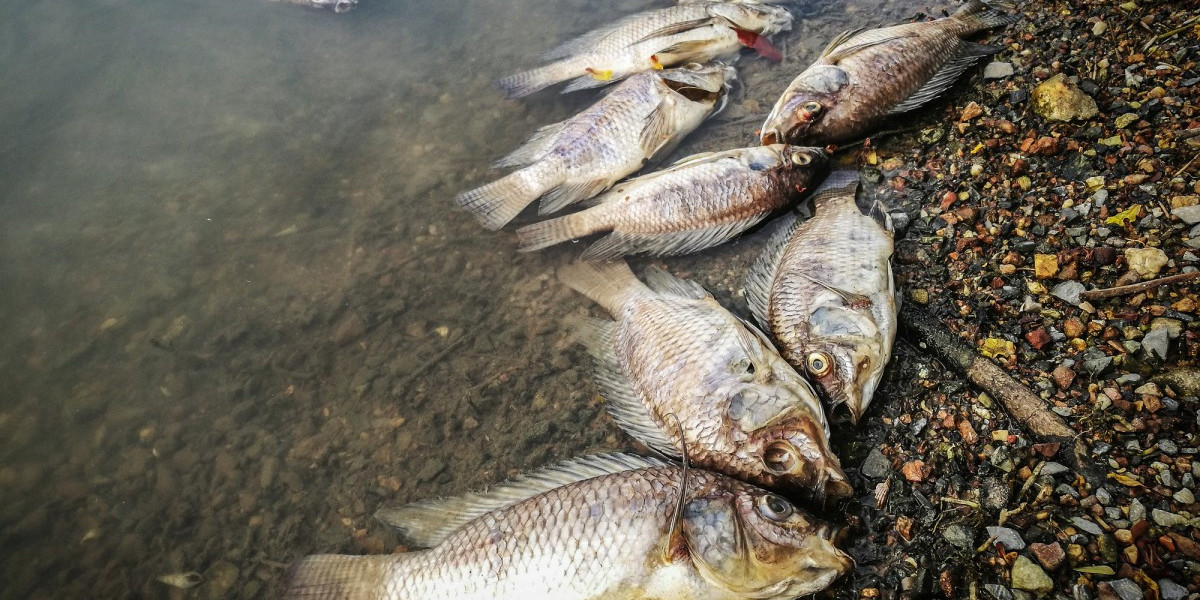Deforestation for animal agriculture is a critical environmental issue that poses significant threats to global forests and biodiversity. This practice involves clearing large areas of forested land to create pasture for livestock or to cultivate crops for animal feed, such as soybeans and palm oil.
One of the primary concerns regarding deforestation for animal agriculture is its role in habitat destruction and biodiversity loss. Forests are home to countless species of plants and animals, many of which are endangered or unique to their ecosystems. Clearing these forests disrupts habitats, leading to habitat fragmentation and loss of biodiversity. This can have long-term ecological consequences, including species extinction and ecosystem instability.
Moreover, deforestation for animal agriculture contributes to climate change. Forests play a crucial role in regulating the Earth's climate by absorbing carbon dioxide from the atmosphere. When forests are cleared and burned, this stored carbon is released back into the atmosphere as carbon dioxide, contributing to greenhouse gas emissions. Additionally, deforestation reduces the capacity of forests to act as carbon sinks, further exacerbating climate change.
Efforts to address deforestation for animal agriculture include promoting sustainable land use practices and supporting policies that protect forests and biodiversity. This includes promoting sustainable agricultural practices that minimize the need for additional land clearing, such as agroforestry and sustainable intensification. Consumers can also make a difference by choosing products that are certified as deforestation-free and supporting companies that prioritize sustainable sourcing practices.
By understanding the impact of deforestation for animal agriculture and taking action to protect forests and biodiversity, we can work towards a more sustainable and resilient future for our planet.








